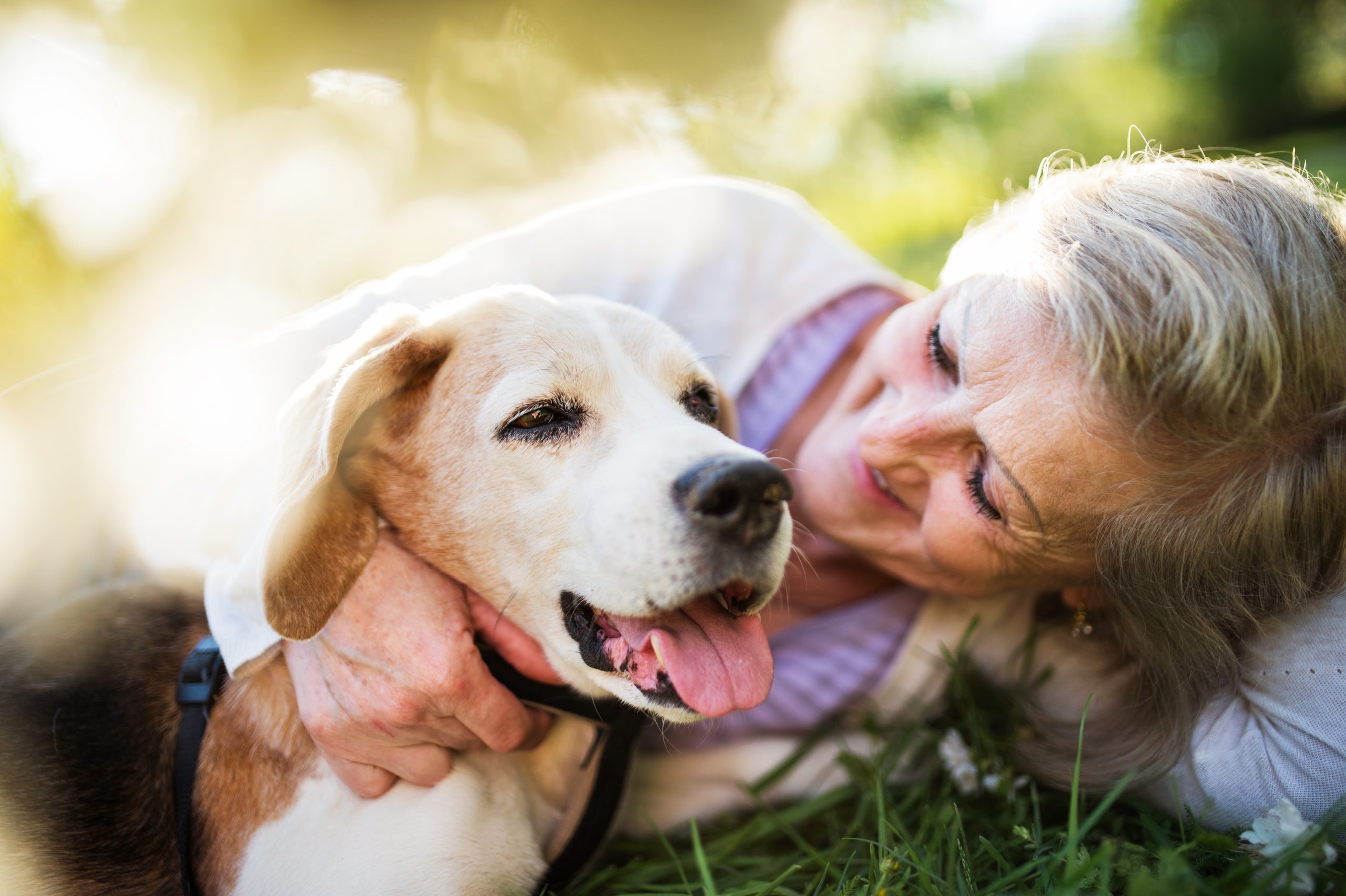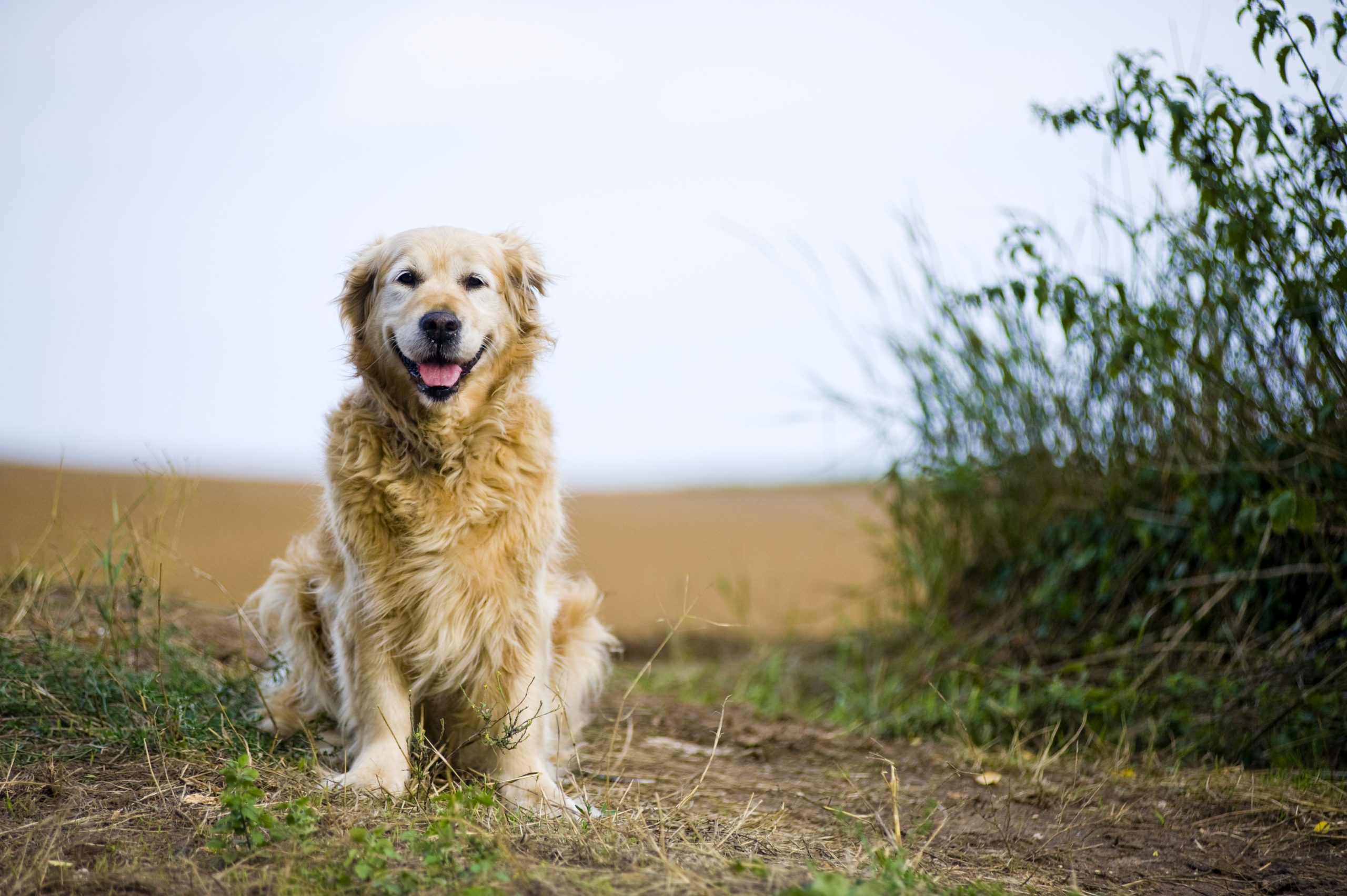
Types Of Cat Eye Discharge And What They Mean
February 25, 2022
Kidney Disease in Dogs
March 16, 2022
Introduction
Anyone who has owned an older dog will know that they do tend to slow down and become weaker as they get older. Sometimes this can be part of the natural maturing process – with age comes wisdom, or at least a bit of common sense. But sometimes this can be a sign of problems under the surface – especially if they appear to be stiff or weak, too.
Symptoms like this should always prompt a trip to the vets for a check-up. Happily, many dogs with stiffness or weakness can be successfully treated, but some more serious conditions can cause these signs, too.
Why Is My Dog Weak?
To understand how to do the best for our dogs, we must first work out why they are weak on their back legs. There are many different illnesses that can cause this, and many different treatments for each illness, so it is important for a vet to diagnose and help you to manage your dog’s condition.
Weakness From Pain
One of the most common reasons why old dog’s back legs might be collapsing is pain. Arthritis is extremely common in older dogs, especially large-breed ones, but it can be difficult to spot in the early stages. If your dog has arthritis in the spine and/or hips, then this will cause them to become slower to rise due to pain and stiffness. They will also use their back legs less, leading to loss of muscle and weakness in the area.
There are other, less common causes of pain in the back legs and spine, including anal gland infections, prostate problems, or even cancer. Your dog will need to be examined by a vet to work out if there are any other problems present besides arthritis.
The good news is that the pain from arthritis is usually treatable in the early stages. With medication and some other changes at home (see later), dogs can enjoy a good quality of life for some time.
Weakness From Nerve Problems
The other common reason why we can see old dog’s back legs collapsing is that their nerves are not working as well as they used to. Several different conditions can cause this, including:
- A slipped disc (which may also cause pain)
- A “spinal stroke” (ischaemic myelopathy, often from a fibrocartilaginous embolism, or FCE)
- Nerve degeneration (Canine Degenerative Myelopathy, or CDM)
Your vet will need to examine your dog to determine whether their weakness is from a nerve problem. If so, they may suggest referring you to a veterinary neurologist (a nerve specialist) as many of these conditions need an MRI scan to diagnose properly.
Other Causes of Weakness
Occasionally, other illnesses may cause weakness in a dog’s back legs. Some examples include:
- Heart problems
- Lung & breathing problems
- Electrolyte imbalances
- A mass in the abdomen
However, dogs with these problems will usually have symptoms that are not related to the back legs, such as breathing more rapidly or vomiting. Your vet will need to examine your dog and discuss their symptoms with you to determine if one of these
Medication
Many of the conditions that cause weakness in our dogs’ back legs are treatable, so it is important to see a vet as soon as you notice that there is a problem. However, different illnesses need different treatments, so your vet may need to run some additional tests to determine exactly what is causing your dog’s legs to be weak.
There are a wide range of effective pain medications available for dogs, which help treat arthritis or slipped discs. Your vet can discuss the treatment options with you and come up with a plan.
Supplements
There are also a wide range of different supplements available for dogs, and many will claim to help with arthritis or weakness in the back legs. However, not all of them appear to be effective.
There is some evidence that joint supplements (containing glucosamine, chondroitin, and essential fatty acids) can help to slow down the progress of arthritis. They may also help a little bit with the pain, but are not true painkillers. If your dog is sore, they need proper medication from a vet, as well as any supplements.
There are also supplements available that claim to help support brain and nerve health in dogs. They can be helpful for dogs suffering from dementia, but sadly there is little evidence that they will help those with a degenerative myelopathy.
Helping At Home
Dogs who are weak on their back legs will need a little extra help getting around, both at home and when they are out and about.
Floors
Dogs who are sore or weak in their back legs will find it more difficult to grip the floor than healthy dogs. This means they can find hard flooring – such as tiles, wood, or laminate – much harder to walk on than carpet. If you have areas of hard floor in your house, your dog will appreciate a few rugs (with non-slip bases) to allow them to walk around more easily or to get up after they have been sleeping.
Stairs
Even a few small steps can be a big problem for dogs who are sore or weak in their back legs. Try to make sure that everything your dog needs – food, water, a bed, toys, and so on – is provided for them on one level of your house. Staircases are often impossible for dogs with more severe problems, but ramps can be helpful for getting over smaller steps or getting up into the car.
Beds
Dogs who have sore joints or spines will appreciate a soft bed to cushion and support them as they sleep. However, make sure it is not too deep, or they may struggle to get out of it afterwards! Foam beds are often ideal in these situations, as they provide a good mix of padding and grip.
Lifting
Dogs with more severe problems may have issues getting up by themselves, especially if they have been asleep for some time. You may need to help them rise by gently placing a sling under their belly to help lift their legs and to support them as they take their first few steps. You can buy purpose-made slings for this, but a rolled-up towel or blanket will also work well.
Exercise
Most dogs with weakness in their back legs will still benefit from regular exercise to keep as much muscle as possible. This should be gentle exercise (usually on the lead) rather than high-intensity exercise such as chasing balls. However, there are some situations where exercise can make things worse, so always check with your vet.
Conclusion
There are many different reasons why our big dogs may start getting weak on their back legs. The treatment for each condition may be different, so it is important to work with your vet to get a diagnosis so your dog can get the right treatment. As well as medication and supplements, there are lots of different things that you can do at home to make your dog’s life easier, and keep them comfortable and mobile for as long as possible. And when the time comes that they can’t get up any more, or the medications aren’t working, or every day is a struggle for them – that’s when we’re here for a compassionate, calm and painless way to end the suffering.
When your dog’s days are more challenging than good, it may be time to say goodbye. Opting for in-home dog euthanasia ensures a stress-free environment, allowing your pet to find comfort in familiar surroundings. They can enjoy soothing treats, tender cuddles, and gentle strokes.
The vet will ensure everything is calm for your pet. Sometimes, an injection of a sedative is given beforehand to allow your pet to get super sleepy before the final injection is given. The final injection stops your pet’s heartbeat and is a peaceful way to say goodbye while being with you.





